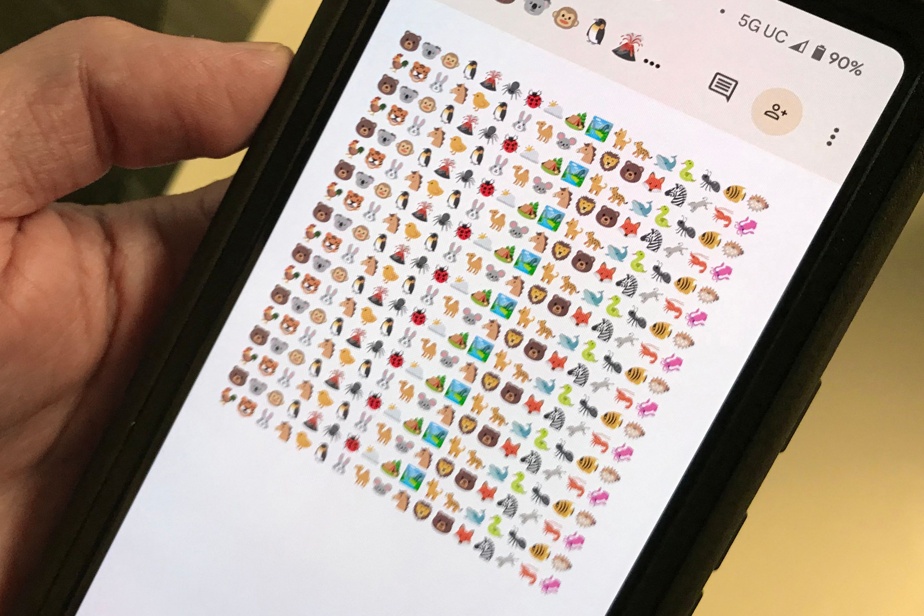(Washington) Too many cats, not enough crustaceans: the current panel of available emojis does not accurately represent the extent of biodiversity observed in nature, which harms conservation efforts, scientists said on Monday.
An analysis published in the American journal iScience reveals that, while animals are well represented, plants, fungi and microorganisms are not represented enough.
“While the biodiversity crisis may seem distant from life online, in our increasingly digitalized society, we should not underestimate the potential of emojis to raise awareness and promote the diversity of life on Earth,” write the authors Stefano Mammola, Mattia Falaschi and Gentile Francesco Ficetola.
“The development and preservation of diverse and inclusive emoji collections is essential to guarantee a fair representation of the tree of life in digital communication tools,” add these conservation biologists from the University of Milan.
The team evaluated nature and animal-related emojis available on Emojipedia, an online emoji catalog, and tracked their evolution between 2015 and 2022.
Result: among animals, vertebrates (mammals, birds, reptiles, amphibians and bony fish) are over-represented, constituting 76% of animal emojis.
Arthropods, including insects, arachnids and crustaceans, were proportionally underrepresented, while there are 1.3 million arthropod species compared to only 85,000 known vertebrate species.
The researchers also point out that no emoji represents Platyhelminthes (flatworms) or nematodes, even though there are more than 20,000 species of Platyhelminthes and the same number of species of nematodes.
The biodiversity of emojis is increasing, however, note the authors of the study.
“Annelids gained representation in 2020 with the addition of the “worm” emoji, likely representing an earthworm”, as did cnidarians (family of jellyfish and corals), with the addition in 2021 “d “a red coral emoji,” they note.
